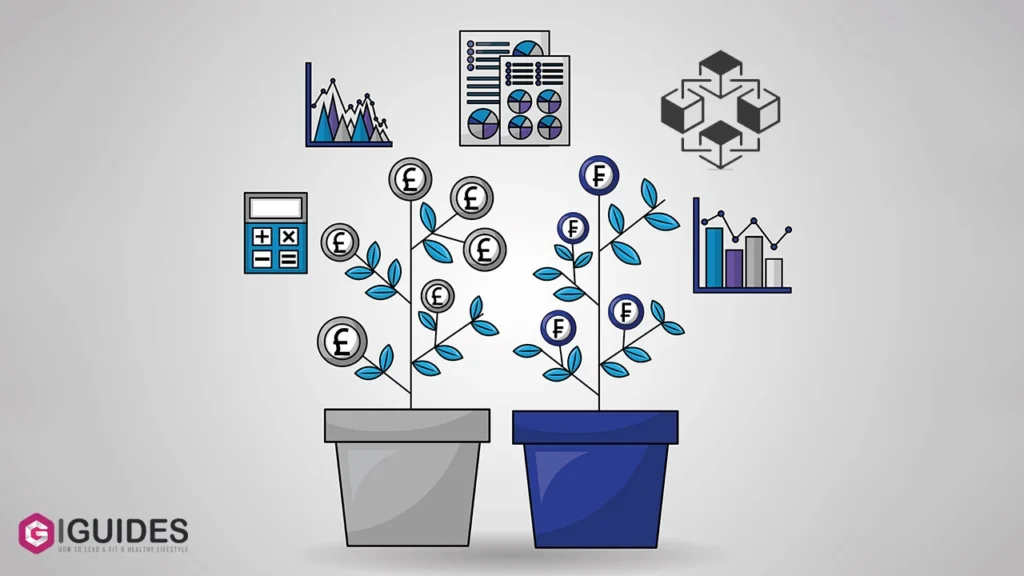The historical standpoint of technology in finance goes as far back as the introduction of calculators and computers to speed up operational processes, and it has been an uptrend since then. The 1950s were famous for bringing on board the earliest forms of electronic data processing applications, which laid the background for some of the most pivotal innovations today and hence, enhanced the Fintech evolution.
Evolution has taken its course, from personal computing to mobile internet, internet banking, digital asset investment, and many other exciting innovations. There is plenty to look forward to in the fintech space, and this article will explore adaptive tools spearheading the transformations we’re seeing today.
Technological Innovation in Financial Services – A Quick Overview of FinTech

Over the last few years, technology has been a game changer across several fields. It has changed how we communicate, transact, operate, run businesses, invest, and live. The financial sector is one of those that has seen the most prominent influence. According to Statista, the fintech sector has seen a substantial rise in the number of startups and companies, with a large percentage concentrated in the Americas. As of January 2024, approximately 13,100 of them were on the continents. Further data revealed that there has been a surge in the number of fintech users globally, and the user base is estimated to exceed 3.5 billion by the end of 2024.
Institutional investment and physical banks used to be more prominent, but today, the market is becoming flexible enough to allow other alternatives through technology. Some of today’s options are mobile banking applications and retail investment software like MetaTrader for retail MT5 and MT4 trading.
These pioneering inventions have helped enhance customer experiences, streamline and automate processes, and enable financial inclusion for consumers. There is a growing demand for more of these; below are some ways the sector conforms to these demands.
In-Demand Technological Tools in the Finance Scene

1. Blockchain Technology
If you asked participants in the money market years back, they may not have believed that anyone could make the concept of decentralized finance (DeFi) work out globally.
However, blockchain technology is making this possible. The crypto sector is presently the most practical use case of blockchain tech and is over $2 trillion in value. The relevance of cryptocurrencies in the money market today is diverse and digital assets are leading investment opportunities for participants.
After Bitcoin’s launch in 2009, thousands of other altcoins have debuted with more profit potential for traders. Aside from crypto assets, blockchain also enables different use cases like simplified cross-border transactions, P2P lending, and decentralized finance models of operation. There is a considerable possibility of more use cases in the coming years, and the financial sector is one of those spaces that would benefit most from this.
Also read: Guide to Income Producing Assets
2. Artificial Intelligence
The practicality of AI tools in finance is growing more pronounced. Big data, machine learning, automation, and high-frequency trading are a few ways this happens.
In forex trading, investors must consider various factors when making financial decisions. These include the economy, market strategies, past performances, charts, and analysis. AI tools are increasing the chances of success through bots, analysis tools, and automation processes that make it easier to interpret this data.
They are also expanding how traders can analyze data and information from various sources simultaneously. The impact of AI is also evident in high-frequency trading in the money market, helping investors maximize execution and speed. Automation and AI-enabled software are helping many individuals and businesses reduce operational costs, increase productivity, and boost efficiency.
3. Mobile Banking and Wallets
Mobile banking is one of the most recent iterations of the Internet in the financial sector.
SMS and mobile web services were prominent online banking products before 2010, but things changed with the evolution of smartphones and internet services. Users can download and use online applications for account information access, transactions, investments, and customer support access.
Mobile wallet’s practicality extends beyond traditional banks to decentralized finance investments like cryptocurrencies. Other money markets like currency exchange, stocks, and bonds also have online trading platforms where they manage, monitor, and execute their trades. The financial market is exploring online models of operations, and these technological tools are the primary enablers of this development today.
4. Cybersecurity
As most financial transactions become widely adopted, cybersecurity is also becoming a priority for many financial providers. Technologies like multifactor authentication, biometrics, and encryption are innovations boosting the level of security for users and service providers. These tools are being used to improve system security, fraud detection and prevention, audit, protection of users’ data, and other advanced privacy systems.
5. Behavioral biometrics
With the rise in fraudulent activities and cybercrimes, it has become essential to provide customers with more innovative technology to secure their financial affairs. Behavioral biometrics is an advanced tactic to enhance user authentication by forming an exclusive profile for every client.
With the availability of the most advanced technology, behavioral biometrics can discriminate between genuine customers and hoaxers due to its plentiful mixture of personal and device features.
Behavioral biometrics examines the behavior patterns of device users developed over time and predictable by the device. These behaviors comprise features such as walking, position, signs, patterns to press keys on the keyboard, thinking styles, speech manners, etc.
These actions are distinctive to users and can be detected more accurately as compared to external biological structures. Moreover, unlike physical biometrics such as fingerprint scanning or face recognition, behavior patterns cannot be stolen or imitated. This means integrating behavioral biometrics in fintech ensures the highest level of cybersecurity possible.
Behavioral biometrics has now become an utmost need in the finance sector. So, all businesses and other finance institutions should train their staff to use this technology with more proficiency without harnessing the security of customers.
With the availability of behavioral biometrics, cybersecurity breakdowns are less likely to happen, and financial security will be more attainable for all.
Harnessing the Potential of New Technologies in Finance

The financial technology scene is a thriving space on the path to more developments. The last decade has been evidence of that, and looking ahead, fintech is expected to play more pivotal roles. Artificial Intelligence and blockchain tech are only at the beginning of their evolutions and are still in their infancy.
Despite this, both sectors pull billions of dollars in revenue and investment. Other innovations like mobile banking and cybersecurity are also following a positive trail. The present developments are evidence of a remarkable journey and an upward trend in the money market.
